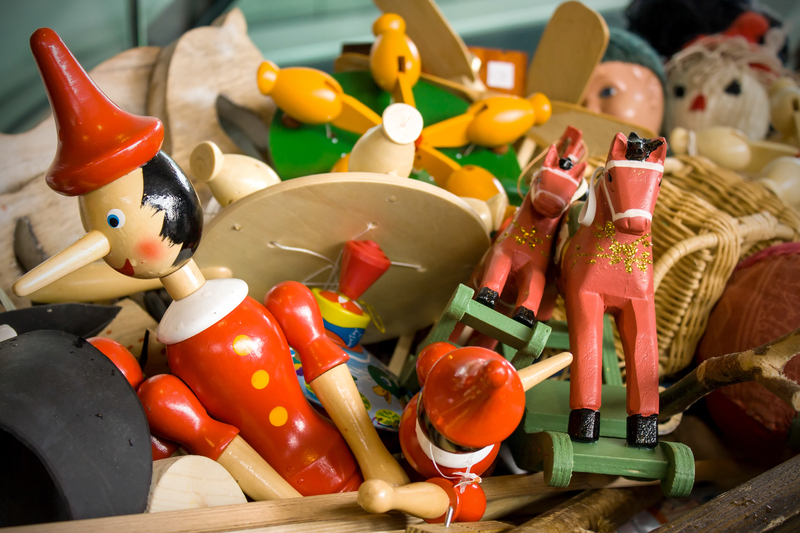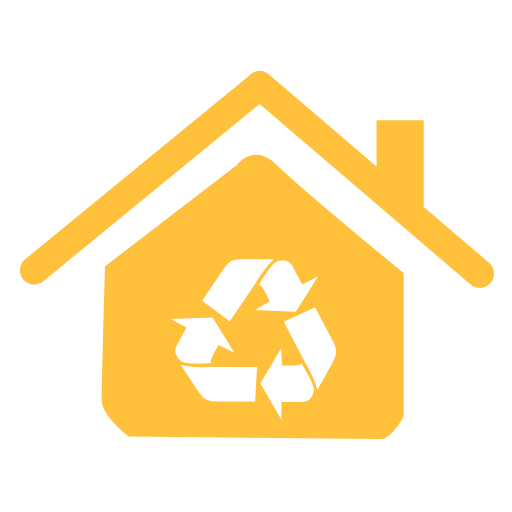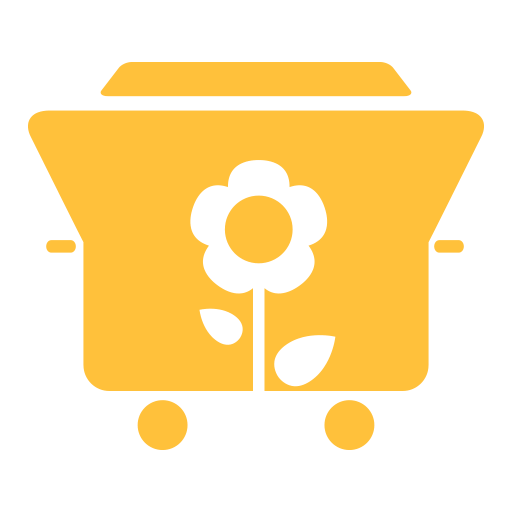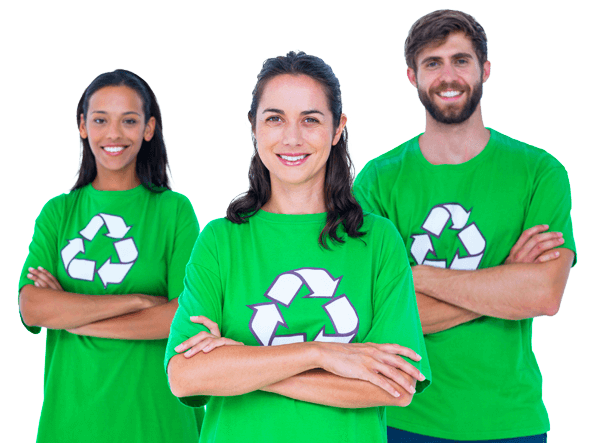Understanding Hazardous Waste: What Types Are Considered Dangerous
Posted on 02/10/2025
Understanding Hazardous Waste: What Types Are Considered Dangerous
Hazardous waste is a topic of growing significance in our modern world. As industries expand and new products are developed, the amount of potentially dangerous waste generated also increases. This comprehensive article explores the intricacies of hazardous waste, explains what makes waste hazardous, and details the various types considered dangerous to humans and the environment.
What Is Hazardous Waste?
Hazardous waste refers to any material that is discarded and can pose a substantial threat to public health or the environment when not managed properly. These wastes often exhibit at least one hazardous characteristic, such as being toxic, corrosive, reactive, or ignitable. The careful identification and management of hazardous waste are essential to safeguarding communities, wildlife, and ecosystems.
Legal Definitions and Regulations
Authorities such as the Environmental Protection Agency (EPA) in the United States have outlined legal definitions and frameworks for managing hazardous materials. According to the Resource Conservation and Recovery Act (RCRA), waste becomes hazardous if it:
- Has specific listed chemicals--known as listed wastes
- Exhibits one or more hazardous characteristics (ignitability, corrosivity, reactivity, toxicity)
Other organizations and countries follow similar but sometimes more rigorous definitions and standards.

Characteristics of Hazardous Wastes
Understanding hazardous waste starts with identifying the core characteristics that render waste dangerous. Below are the four main properties regulators use for classification:
Ignitability
Ignitable wastes can create hazardous fires under certain conditions, combust spontaneously, or have a flash point below 60 degrees Celsius. Examples include:
- Solvents such as paint thinners and gasoline
- Oils and alcohols
- Pesticides with high alcohol content
Corrosivity
Corrosive wastes are typically acids or bases capable of eating away metal or damaging living tissue. They have a pH level of less than 2 or greater than 12.5. Common examples are:
- Battery acid
- Cleaning solutions with strong bases or acids
- Rust removers
Reactivity
Reactive hazardous wastes are chemically unstable. They may explode, emit toxic fumes, or react dangerously with water or other substances. Substances in this category include:
- Old fireworks and explosives
- Peroxides
- Cyanide or sulfide bearing wastes
Toxicity
Toxic hazardous wastes can cause harm when ingested, inhaled, or absorbed by living organisms. Many heavy metals, solvents, and chemical compounds fall under this definition. For example:
- Lead-based paints
- Arsenic compounds
- Certain pesticides
- Mercury thermometers
Main Types of Hazardous Waste
Now that we've outlined the hazardous characteristics, let's dig deeper into the most common types of hazardous waste and which ones are considered especially dangerous.
1. Chemical Wastes
These are wastes that originate from manufacturing, processing, or laboratory operations. They include:
- Unused chemicals (solvents, reagents, paints)
- Byproducts from chemical manufacturing
- Pesticide residues
Chemical hazardous waste poses particular dangers due to potential toxicity, reactivity, and the risk of environmental contamination.
2. Biomedical or Infectious Wastes
This waste consists of materials contaminated with blood, body fluids, or other potentially infectious agents--generally produced by medical facilities, research centers, or veterinary clinics. Hazardous biomedical waste includes:
- Used sharps (needles, scalpels)
- Pathological waste (tissues, body parts)
- Contaminated bandages and gloves
Pathogens can present severe public health risks when biomedical waste is improperly managed.
3. Electronic Waste (E-Waste)
With the rapid pace of technological advancement, electronic devices become obsolete faster than ever. E-waste includes:
- Computers, televisions, mobile phones
- Batteries and fluorescent lamps
- Circuit boards and cables
Many electronic items contain hazardous substances such as lead, mercury, and cadmium, making their safe disposal and recycling critical.
4. Industrial Waste
Manufacturing and various industrial processes generate significant quantities of hazardous byproducts, including:
- Sludges from wastewater treatment
- Spent solvents and oils
- Acidic or alkaline waste streams
Industrial hazardous waste often contains multiple danger factors, such as toxicity and corrosivity.
5. Household Hazardous Waste
Not all hazardous waste is industrial! Our homes produce various dangerous wastes, such as:
- Old paint and solvents
- Batteries (especially rechargeable or button types)
- Pesticides and herbicides
- Cleaning chemicals
Many people do not realize the potential hazards posed by improper disposal of these commonplace items.
6. Mixed Waste
Mixed hazardous waste contains both radioactive and hazardous chemical components. They typically come from research laboratories or nuclear-related activities. Mishandling mixed waste can lead to severe consequences for both human health and the environment.
How Are Hazardous Wastes Identified?
Identifying what types of waste are considered hazardous typically involves:
- Comparing waste constituents to regulatory lists issued by organizations such as the EPA or the European Chemicals Agency
- Testing for hazardous characteristics (e.g., using TCLP--Toxicity Characteristic Leaching Procedure--to analyze toxicity)
- Assessing the source and history of the waste for possible inclusion on specific hazard lists
Regulations and criteria may vary by jurisdiction, but the above processes are fairly universal in identifying hazardous wastes.
Why Are Certain Wastes So Dangerous?
Not all waste is hazardous, so what makes some types especially dangerous? The answer lies in their potential to harm living beings and ecosystems in ways that are far-reaching and often irreversible:
- Toxin accumulation in the food chain, damaging biodiversity
- Soil and groundwater pollution, risking crops, drinking water supplies, and wildlife
- Human health consequences, including cancer, respiratory problems, and nervous system damage
- Risk of explosions or fires from reactive or ignitable wastes
- Spread of infectious diseases from biohazardous material
The profound risks associated with dangerous waste types are why stringent rules govern their handling, transport, storage, and disposal worldwide.
Examples of Notorious Hazardous Waste Substances
Certain hazardous substances have garnered widespread attention due to their impacts:
- Asbestos: Once used in construction, it is now infamous for causing deadly lung diseases.
- Lead: Found in paints, gasoline additives, and plumbing, it is highly toxic to the brain and nervous system.
- Polychlorinated biphenyls (PCBs): Industrial chemicals that are persistently toxic and bioaccumulative.
- Mercury: Used in thermometers, batteries, and fluorescent lights, with potential to poison entire water systems.
- Radioactive wastes: Such as those from nuclear power generation or medical imaging.
- Certain pharmaceuticals: Medications like chemotherapy drugs can persist as toxic contaminants in waterways.
Managing and Disposing of Hazardous Waste
Recognizing the risks, governments have established frameworks for the responsible handling and disposal of dangerous wastes:
Segregation and Storage
Wastes must be separated based on type and stored in leak-proof, properly labeled containers until collection or disposal. Special facilities handle corrosive, flammable, or reactive substances according to stringent guidelines.
Treatment Methods
Treatment techniques are chosen based on the hazard the waste poses:
- Chemical neutralization for acids and bases
- Incineration for organic hazardous waste
- Solidification/stabilization for heavy metals
- Autoclaving or irradiation for infectious waste
Some hazardous waste is not treatable and must be safely contained in secure landfills or repository sites.
Recycling and Recovery
Whenever possible, valuable or hazardous substances are separated for recycling or reuse. For instance:
- Lead-acid batteries can be recycled for lead and plastic
- Electronic waste can be processed for precious metals
- Solvent recovery operations purify chemicals for re-use

The Importance of Compliance and Best Practices
Industries, hospitals, and even households have a responsibility to keep hazardous waste from contaminating the planet. Key best practices include:
- Proper classification and documentation of wastes
- Safe packaging and labeling for transport
- Adherence to disposal regulations and standards
- Regular training for personnel handling dangerous substances
- Public awareness campaigns about household hazardous wastes
Conclusion: Staying Safe from Hazardous Waste
Understanding the different types of hazardous waste and the risks they pose is crucial in today's society. Whether it's in industry, healthcare, or our homes, everyone has a role in preventing dangerous wastes from entering the environment. By staying informed, adhering to safety measures, and supporting responsible policies, we can together reduce the threat posed by hazardous materials and protect our health and our world.
Remember: The safe handling, storage, and disposal of hazardous waste is not just a legal requirement, but an ethical one--for current and future generations.

 020 3875 4152
020 3875 4152 020 3875 4152
020 3875 4152




 House clearance
House clearance WASTE REMOVAL
WASTE REMOVAL





